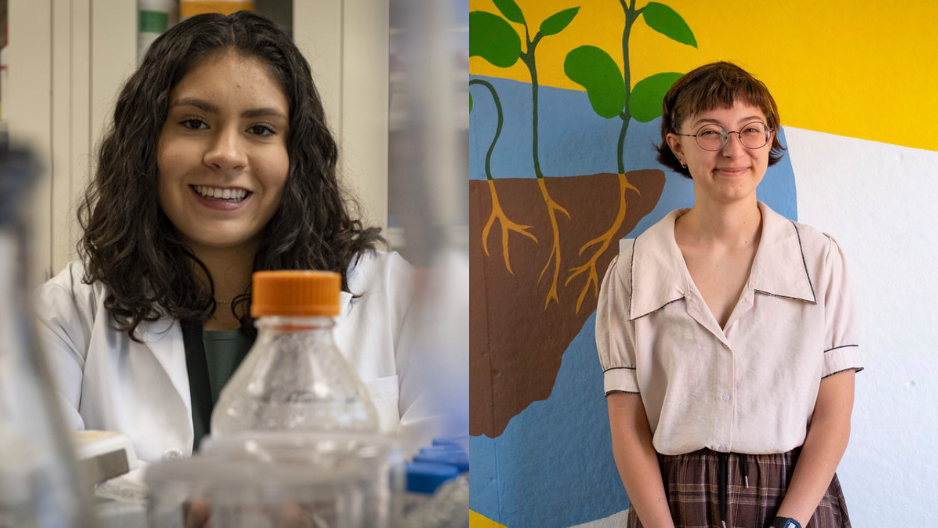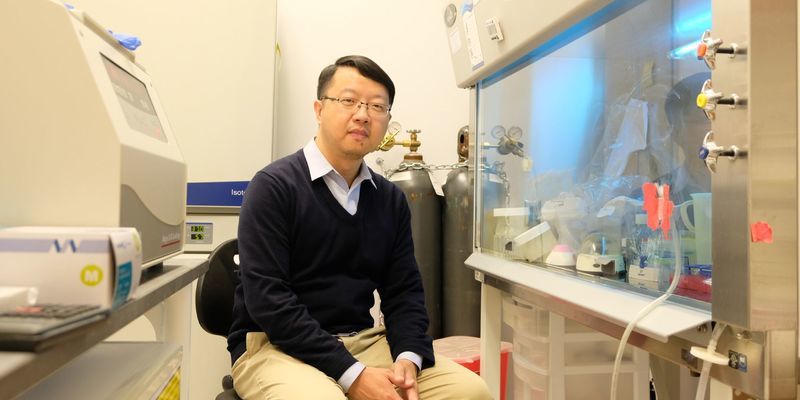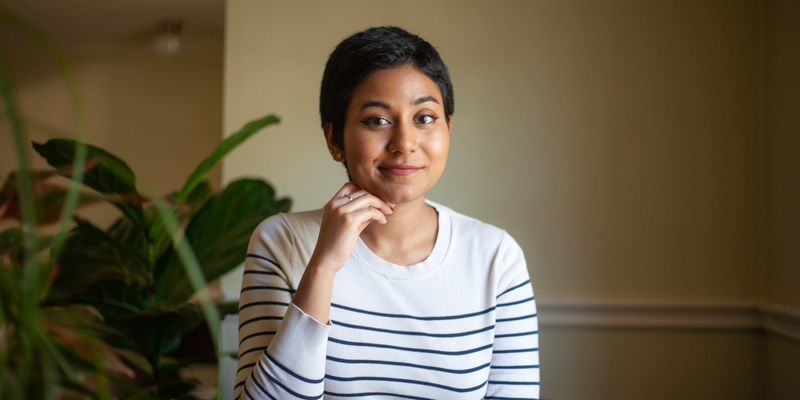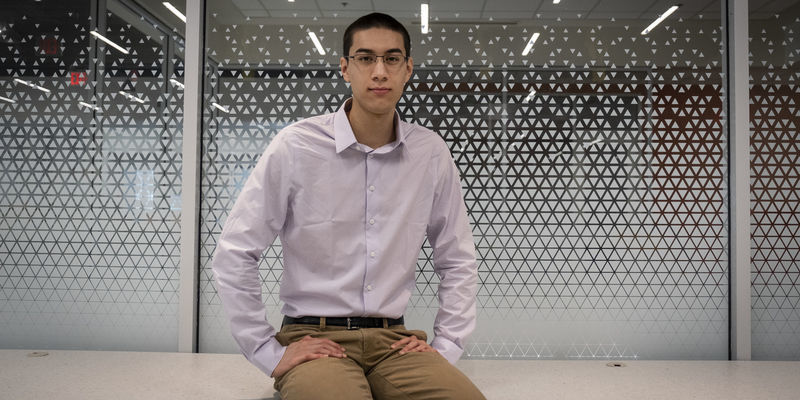Celebrating two Goldwater Scholars and two firsts
Mechanical engineering major and chemistry minor Diana Tiburcio is a Division I athlete, and biology major Nala Hamilton is a first-generation student.

This year, two members of the Class of 2024 are breaking down barriers in STEM as the first two Temple University women to receive Goldwater scholarships in the same year. The two recipients are biology major Nala Hamilton and mechanical engineering major and chemistry minor Diana Tiburcio, who is also the first woman of color from Temple to receive this honor; this marks the second time two researchers from Temple have been chosen in the same year.
The Goldwater Scholarship is one of the oldest and most prestigious national scholarships in the natural sciences, engineering and mathematics in the United States. It is awarded to college sophomores and juniors based on their research merit and promise as a future researcher.
Not only are Hamilton and Tiburcio active in the lab, they have both also received several other scholarly recognitions, and participate in extracurricular activities. Both are also part of Temple’s Honors Program.
“Nala and Diana are excellent role models: driven and ambitious, but also hard-working and humble,” said Director of Fellowships Advising Barbara Gorka. “I am confident they will inspire more students to pursue STEM research in the future. We are so proud of the accomplishments of these two talented young researchers.”
Diana Tiburcio
Tiburcio is a first-generation citizen from Mexican-born parents, and although she was born in Georgia, she spent the majority of her life growing up in Malvern, Pennsylvania. In addition to her commitment to researching clean water and nutrient recovery, Tiburcio is also a sabre on Temple’s Division I, nationally ranked fencing team.
She entered the world of research when looking for a job on campus. That’s when she discovered how much she enjoyed working in a lab and participating in the hands-on, fast-paced research environment.
“[I worked in] an environmental engineering lab focused on collecting water samples in between the I-95 highway and the Delaware River, and then taking the metal concentrations of those water samples to see how metals are transported underground and run off from the highway,” she said.
When she realized that she wanted a more solutions-oriented role than her data collection position allowed her, she applied for a Goldwater Scholarship as a sophomore—and was rejected. However, this experience only helped her improve her application the next year, and that persistence paid off.
But before applying for the Goldwater a second time, Tiburcio was able to pursue further research on water with Assistant Professor of Civil and Environmental Engineering Heyang (Harry) Yuan. This time, however, she was studying wastewater treatment and nutrient recovery, and the solution-oriented research she had been looking for was hers to study for the next year and a half.
In addition to being a Goldwater scholar, Tiburcio is also a MARC (Maximizing Access to Research Careers) scholar. MARC’s goal is to “develop a diverse pool of undergraduates who complete their baccalaureate degree, and transition into and complete biomedical, research-focused higher degree programs.”
Now, she is working in an inorganic chemistry lab under Chemistry Chair Ann Valentine, where she is researching proteins and trying to characterize how they reduce and react with metals such as iron and titanium. However, her passions still lie in environmental science, particularly access to clean water.
“I think water security is still a very prevalent issue in too many countries,” she said. “Water is so present in so many issues, and not only influences the environment in so many ways, including human and public health. So I think that's one of my biggest goals still is to find better, more efficient ways to treat water, so that everyone can gain access to clean water.”
Nala Hamilton
Originally from Harrisburg, Hamilton is a first-generation college student. She began her research journey the summer after her first year in Associate Biology Professor Rob Kulathinal’s genetics lab, and she hasn’t looked back since.
Her work in this lab focused on computational genetics, an area of study Hamilton had been interested in since high school. Immediately, Kulathinal gave her the freedom to choose what she wanted to work on within the field of genetics and create her own direction in research.
She began to research sex disparities in cancer to investigate whether they could be attributed to genetics, or whether the differences were environmental.
Hamilton emphasized that Temple has not only provided ample opportunities to pursue the research she loves, but also the resources to do so. “One thing that’s really great about Temple is the university provides excellent research and scholarship opportunities,” she said.
Up until now, Hamilton’s research efforts have been funded by her status as a Smith scholar, a Temple-specific fellowship which supports undergraduate students who wish to pursue research when they would otherwise have to pursue employment to pay for tuition. The program also facilitates access to a small cohort of students who meet up occasionally to collaborate and support one another. In addition, Hamilton is also a recipient of the Velay Fellowship, which supports her research.
She is also the founder of SciDesign, a student organization that blends art with science. Right now, the club is working on a mural with the Office of Sustainability for Temple’s community garden.
Hamilton has also received a Diamond Research Scholarship to continue to investigate sex disparities in other diseases besides cancer this summer. After that, she’s looking to apply to PhD programs to continue her research.
An underlying theme throughout all of her research, Hamilton said, is making science communication accessible to everyone.
“With COVID-19 I got that science communication was something that people really struggle with, and the distrust in science is pretty big now,” she said. “It’s just been on my mind, and I’m super aware of it when I present. I want to be as clear as I possibly can and make it so that normal people like my grandma can understand it. That’s my goal, and so I do that in my research.”


